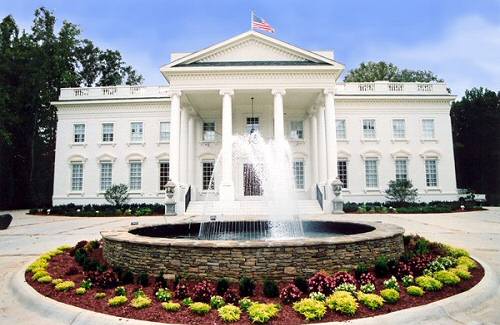 The Counselors of Real Estate (CRE) recently identified common cross-industry issues that are impacting real estate executives. These issues cover shifting demographics, capital markets, new uses of technology, and the role of sustainability. My interpretation of the results are below:
The Counselors of Real Estate (CRE) recently identified common cross-industry issues that are impacting real estate executives. These issues cover shifting demographics, capital markets, new uses of technology, and the role of sustainability. My interpretation of the results are below:
- Demographics: An aging population will have an impact on demand for real estate, however millions of new pensioners will push fund managers to focus on asset allocation decisions on stable asset classes, including real estate. On the other hand, the redirection of public funds to retirement systems will challenge the ability to provide basic services and infrastructure.
- Capital Markets and Finance: Liquidity leads the list of concerns. Indeed, access to capital is causing uncertainty in many industries. Specifically for real estate, the capital "hangover" from previous over-allocations will continue to limit capital for some time into the future. That being said, there is a spark of hope as cash-strapped state and local governments create development opportunities by leveraging their hard assets through Public-Private Partnerships. The dynamics of political gridlock and global economic crises, paired with civil discord in pockets around the world are also concerning for future fundraising efforts.
- Technology: the increased use of technology in process automation and alternative workplace strategies is shrinking the need for industrial and office space. Meanwhile, the internet is turning traditional "brick and mortar" stores into Amazon.com showrooms, as shoppers turn to web-shopping rather than cash-and carry approach, resulting in less demand for retail space.
- Sustainability is well-integrated through global enterprise. From corporate governance and management to reporting systems and supply chains, executives are building sustainability into the fabric of their organizations. Real estate is still and will continue to be the primary focus in many corporations' sustainability strategies.

